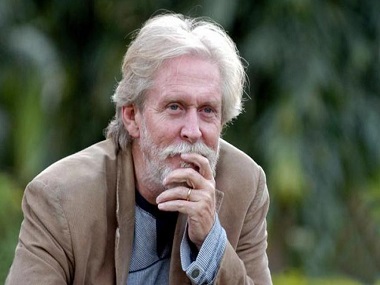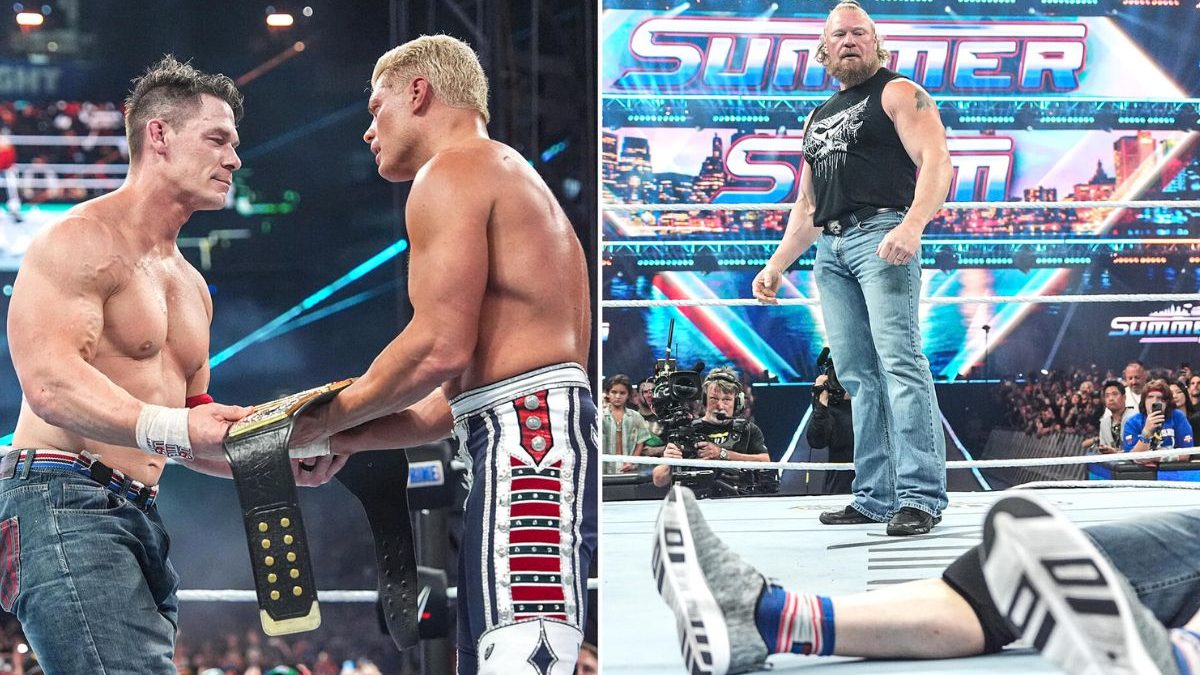The spontaneous outpouring of grief following the untimely demise of Tom Alter was amazing. From sportsmen to theatre folk to films stars to journalists and politicians all had had a bit of Alter and not surprisingly came forth to express anguish after he succumbed to skin cancer. The family was expecting the worst and was resigned to it. Alter’s parents, American father and Scottish mother, were missionaries. Not surprisingly, his schooling in Mussoorie brought him into contact with the game of cricket and he became a lifelong addict to the sport. [caption id=“attachment_3087522” align=“alignleft” width=“380”] Tom Alter. Image from News 18[/caption] He imbibed all its nuances as he played it with zest in his younger days. Many Mumbaikars reckoned that he could have been a good club cricketer had he not taken to stage and film acting. “The Dilip Vengsarkar-promoted Elf Cricket Academy hosted matches between film stars and former well known cricketers. I’d sort out logistics for the match. Tom was an integral part of the film stars team that also had music director Vishal Bharadwaj – a good cricketer who had played age group cricket, Suniel Shetty, Salman Khan, Dalip Thayil, Naseeruddin Shah, among others. I got to know Tom through these matches and was instantly struck by his enthusiasm,” said Makarand Waingankar, well known cricket consultant. This was the same enthusiasm that Bobili Vijaykumar, former national sports editor of The Times of India spoke of. “I played some matches at Air India, RCF and Khar Gymkhana grounds. These were essentially journalists versus film stars social events. Tom was very, very passionate about the game. He understood it and loved to discuss it threadbare. “My first impression was that he was a very smart guy and the fact that he was an avid listener and communicator helped. He was very friendly to a number of Mumbai cricketers, Sunil Gavaskar and Ravi Shastri in particular.” Alter’s early career was as a sports journalist with the now defunct Sportsweek which was brought out by the Mid-Day group of publications. Clayton Murzello, sports editor of the group, said that Alter and photographer Anil Sharma ran a brilliant weekly serial in Sportsweek. “They would go to the training ground of various sportsmen and women and do lengthy pieces on their training schedule and methods. They were not partial to any one sport and this was really popular in those days.” Essentially Alter brought enthusiasm, keen knowledge of sport and excellent writing skills to the profession. His ode to batting maestro GR Vishwanath is as wonderful as GRV’s batting itself. To quote: “… having just flicked (Andy) Roberts for four. Vishy would walk quietly a few steps down the pitch, pat gently some offending spot, and then return to his position, never raising his head, as if to suggest that those four runs were part of a natural process in which pride or swagger played no part. And then he would touch the peak of his cap, give a tug at the top of each pad, mark his guard for the hundredth time, and then, almost shyly, look up at the bowler. He used the bat as a rapier with which he would thrust and parry, and the stroke was always quick and sure and deadly, and yet it never seemed to draw blood or hack and saw cruelly. And because he enjoyed so much the thrust of blade, he often let the pleasure overcome the science of the game. And thus his number of centuries and batting average, although still very impressive as statistics, could never bring into a painting of Vishwanath’s batting all the hues and colours of his art. And how he could play in a crisis especially against fast bowling! The 1974-75 series against (Clive) Lloyd’s West Indians, and Roberts on the rampage, and Vishy slicing him away…. And, then, can you compare Gavaskar and Vishwanath? Can you compare Mohammed Rafi and Talat Mahmood? Laurence Olivier and Peter O’Toole? Greatness can be measured by runs and records, and Gavaskar was great, like Vishwanath, in more ways than facts and figures can tell. But facts and figures do tell the major story of SM Gavaskar, and it is a magnificent story. Vishwanath is more like Graham Greene; pages of lyrical prose, with a hint of introspection and an air of slight fragility.” (Courtesy: Sportsweek & Lifestyle 28 Feb-5 March, 1988) Another prized Alter contribution to the world of sport is the video interview of a young Sachin Tendulkar, the latter’s first interview that is now doing the rounds on social media. There is no doubt sports journalism lost a rising star when Alter decided to move on and try his hand in acting. But in that short time he had already made a mark. Among those he backed was Mumbai and national swimmer Anita Sood. She went on to become a household name. Later, in 2005, she flew in from the United States to release Alter’s book, The Longest Race. Alter kept coming back to occasionally write or do a television show on sports. Although he shifted residence to Delhi, he remained a regular at big cricket matches in Mumbai. In his passing away Indian and Mumbai sports journalism in particular have lost its doyen.
In Tom Alter’s passing away Indian and Mumbai sports journalism in particular have lost its doyen.
Advertisement
End of Article


)




